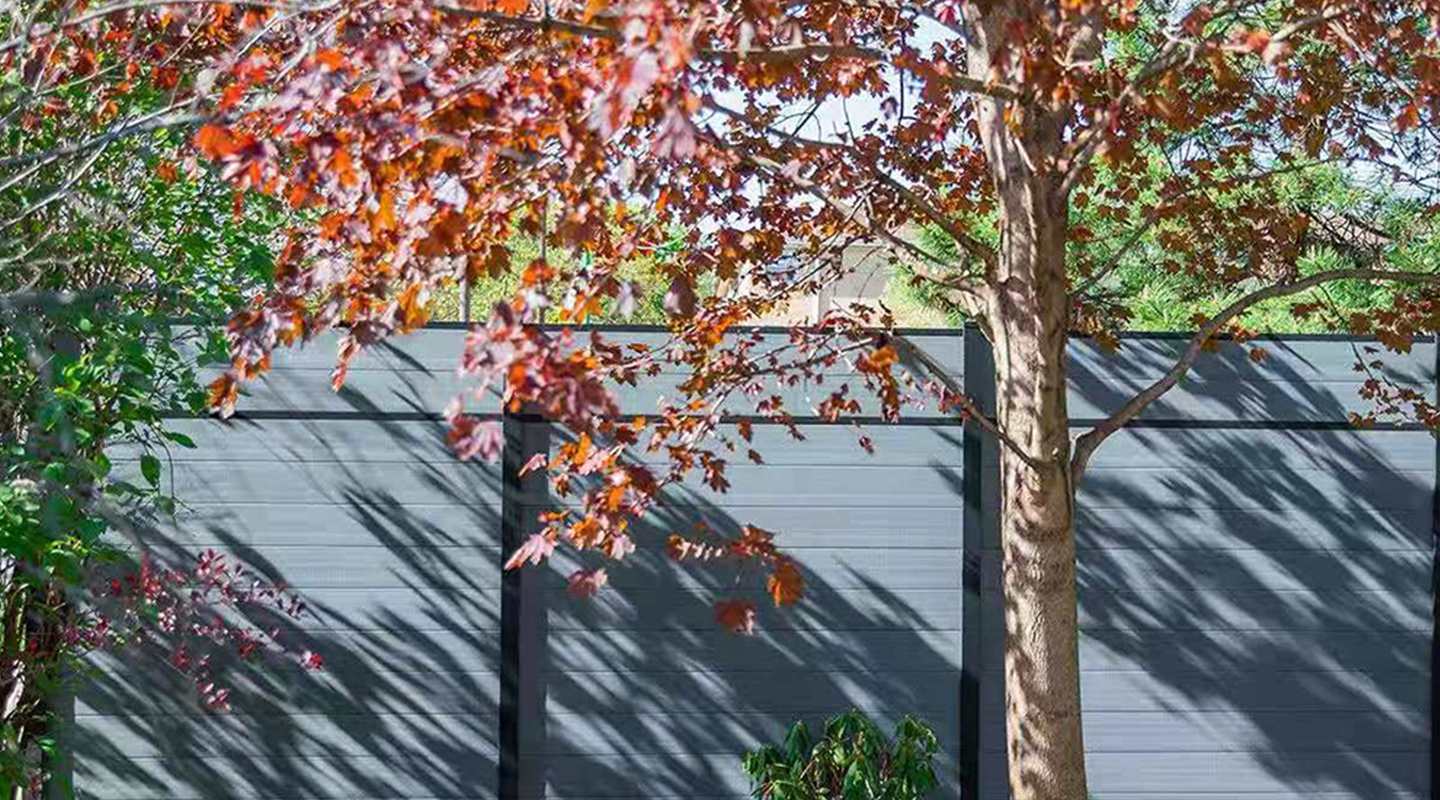- Weather Resistance – Pick UV- and moisture-resistant composites to avoid obvious fading, swelling, or warping.
- Durability – Choose scratch-, impact-, and slip-resistant options for long-lasting use.
- Low Maintenance – Go for capped composites that only need occasional cleaning.
- Aesthetics – Check color stability and wood-like finishes for lasting looks.
- Safety – Ensure slip resistance (important near pools) and high strength.
- Eco-Friendly – Prefer recycled-content composites for sustainability.

